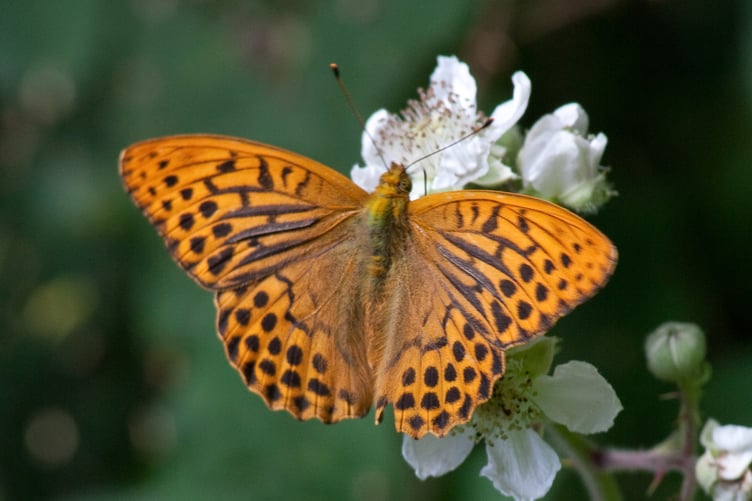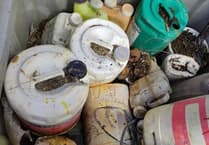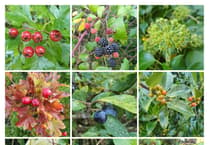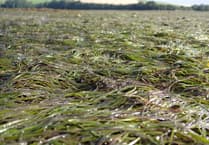It has seen a very slow start to the year for Devon’s butterflies – wind, rain and cold days have all had their impact.
I’ve been monitoring them at Andrew’s Wood, the Devon Wildlife Trust reserve near Lodiswell, for eleven years and by late April (when I’m writing these words) I’ve typically seen six different species.
This year there have been just two – the Orange Tip and Peacock. The first has emerged from the chrysalis stage of its lifecycle and the second from diapause. This is where it pauses development during cold or otherwise unfavourable weather conditions.
This differs from hibernation in that they may well emerge for brief periods if the temperature rises. The Butterfly Conservation (BC) recording season runs from 1st April to 30th September and once each week I walk a “transect” route at Andrew’s Wood writing down the number of butterflies seen in each of the 15 sections on the route. These data are then submitted to BC who consolidate results from across the UK to analyse the state of our butterfly population.
One of the great joys of observing butterflies is noting the times of the year when they are on the wing, looking for successive generations and trying to find their eggs or caterpillars on suitable foodplants.
Some have just a single generation each year – for example, the Small and Large Skippers (which may be mistaken for moths with their hairy bodies and angled wings) spend the winter as caterpillars. Others have multiple generations each year – for example, the Small Tortoiseshell (once abundant but now in decline) has two generations and spends the winter in its adult form. Or the Small White which also has two generations but overwinters as a chrysalis. The Speckled Wood typically has three generations and is the only one of butterflies which may spend the winter months in one of two forms – caterpillar or chrysalis.
Of course, some of “our” butterflies don’t overwinter in this country at all but are migrants. For example, the Painted Lady flies from North Africa, often spends time in Europe to breed and then continues to our shores normally arriving in summer but some may be spotted earlier.
It was thought that the progeny of individuals which do make it to Devon would not survive our winter but in recent years radar studies have shown that they return south out of sight high in the sky. This remarkable behavioural drive must be in their genetic code as these descendants of the earlier arrivals can’t possibly have learned what to do. Another migrant is the very distinctive Clouded Yellow which originates from North Africa and Southern Europe.
There are yet other species where migrants arrive to supplement our native population. An example is the Red Admiral. Climate change is bringing milder winters, and this insect is increasingly able to withstand our weather but individuals from overseas also add to our growing population. 2023 was a remarkable year for the Red Admiral with high numbers observed nectaring on garden flowers.
Each year Butterfly Conservation collects records for its Big Butterfly Count which, in 2024, is from 12th July to 4th August. All you have to do is spend 15 minutes in a sunny spot in your garden, balcony, patio or a local community area, and count how many butterflies you see. Help with identification is on their website. Why not have a go and add to our knowledge of these remarkable and beautiful insects?











Comments
This article has no comments yet. Be the first to leave a comment.